How Is My Data Protected With Remote Monitoring?
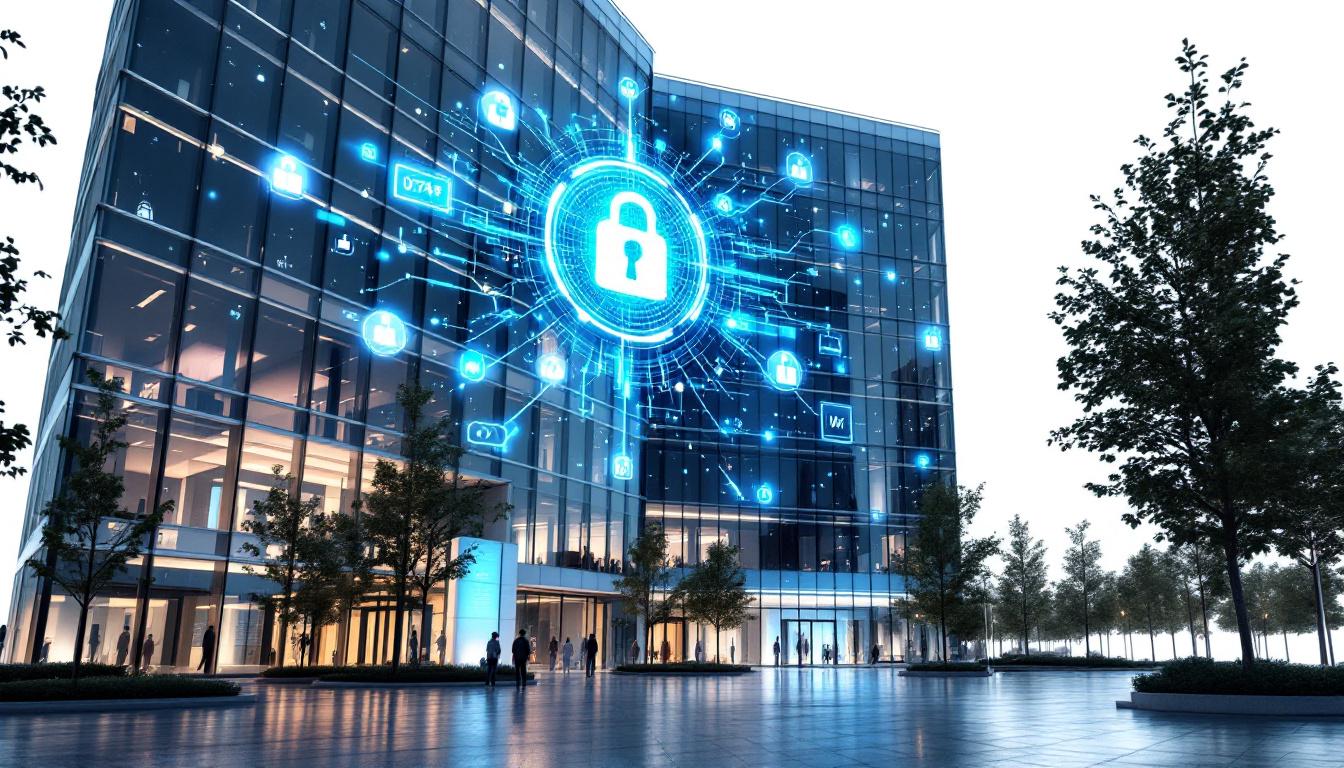
Understanding Data Protection in Remote Monitoring
Remote monitoring systems have revolutionized healthcare by enabling continuous observation of patients outside clinical settings. However, the sensitive nature of health data necessitates stringent security measures to protect patient privacy, ensure data integrity, and comply with legal standards. This article explores how data is secured in remote monitoring, the protocols involved, privacy practices, and best practices to safeguard personal health information.
Operational Workflow of Remote Patient Monitoring
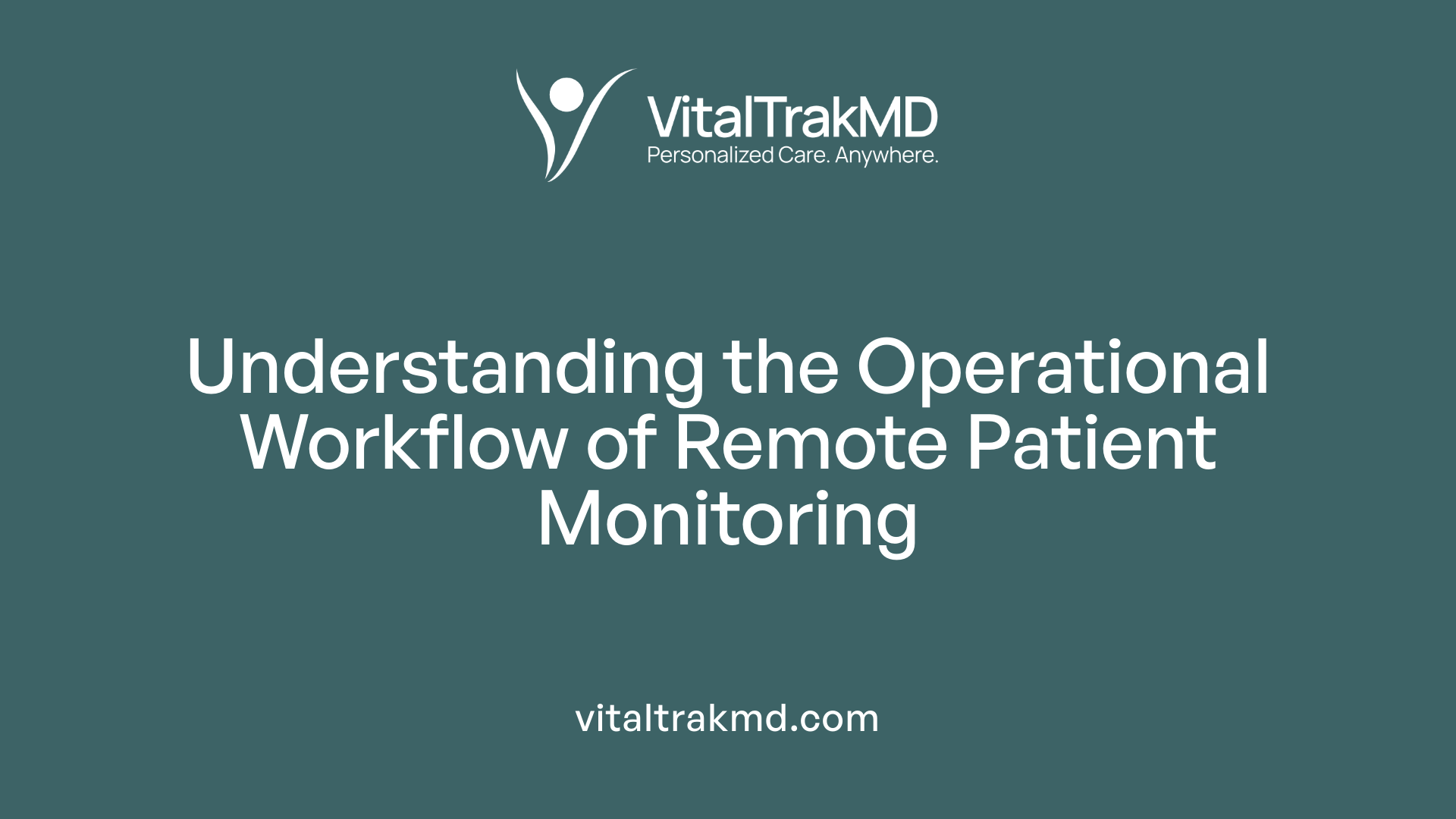
How RPM works
Remote patient monitoring (RPM) operates through the use of specialized digital devices that gather personal health data outside the traditional clinical environment. These devices include blood pressure cuffs, glucose meters, pulse oximeters, wearable fitness trackers, and other health monitors. They continuously collect vital signs and other relevant health information, which is then transmitted securely to healthcare providers.
Data collection process
The data collection process begins when patients use their RPM devices to measure specific health indicators. These measurements can include blood pressure, blood sugar levels, oxygen saturation, and activity data. Devices are typically preconfigured with encryption to safeguard the information during data capture and storage. Patients may also receive instructions on device usage and privacy settings to maintain control over their personal information.
Transmission and management of health data
Once collected, the health data is transmitted through secure channels, such as VPN-encrypted transmission pathways, to cloud-based servers. These servers are compliant with healthcare regulations like HIPAA, featuring strict access controls and real-time monitoring to prevent unauthorized access. Transmission methods employ advanced encryption protocols, including 256-bit encryption, ensuring data remains confidential during transit.
The data is then stored safely and integrated directly with electronic health records (EHRs) to reduce manual errors. Healthcare professionals can access this data in real time to monitor patient health status continuously. These systems are equipped with security measures such as regular security audits, vulnerability assessments, and firewalls to protect against cyber threats.
Real-time health monitoring benefits
Real-time monitoring offers numerous advantages. It enables early detection of potential health issues, allowing healthcare providers to intervene promptly and adjust treatment plans as needed. This method enhances patient engagement by providing immediate feedback and empowering individuals to participate actively in managing their health.
Furthermore, RPM improves clinical workflows by automating data collection and reducing the need for frequent in-person visits. It also supports targeted interventions, leading to better health outcomes, reduced hospital readmissions, and increased convenience for patients and clinicians alike. Patients are encouraged to review privacy policies and privacy settings regularly, reinforcing their control over personal health data.
The overall system's robustness depends on continuous security practices, including employee training, software updates, and incident response plans to handle security breaches efficiently. By adhering to standards like NIST 800-53 and employing comprehensive encryption, RPM systems provide a secure, efficient, and patient-centered approach to modern healthcare.
Technical Safeguards and Encryption Protocols
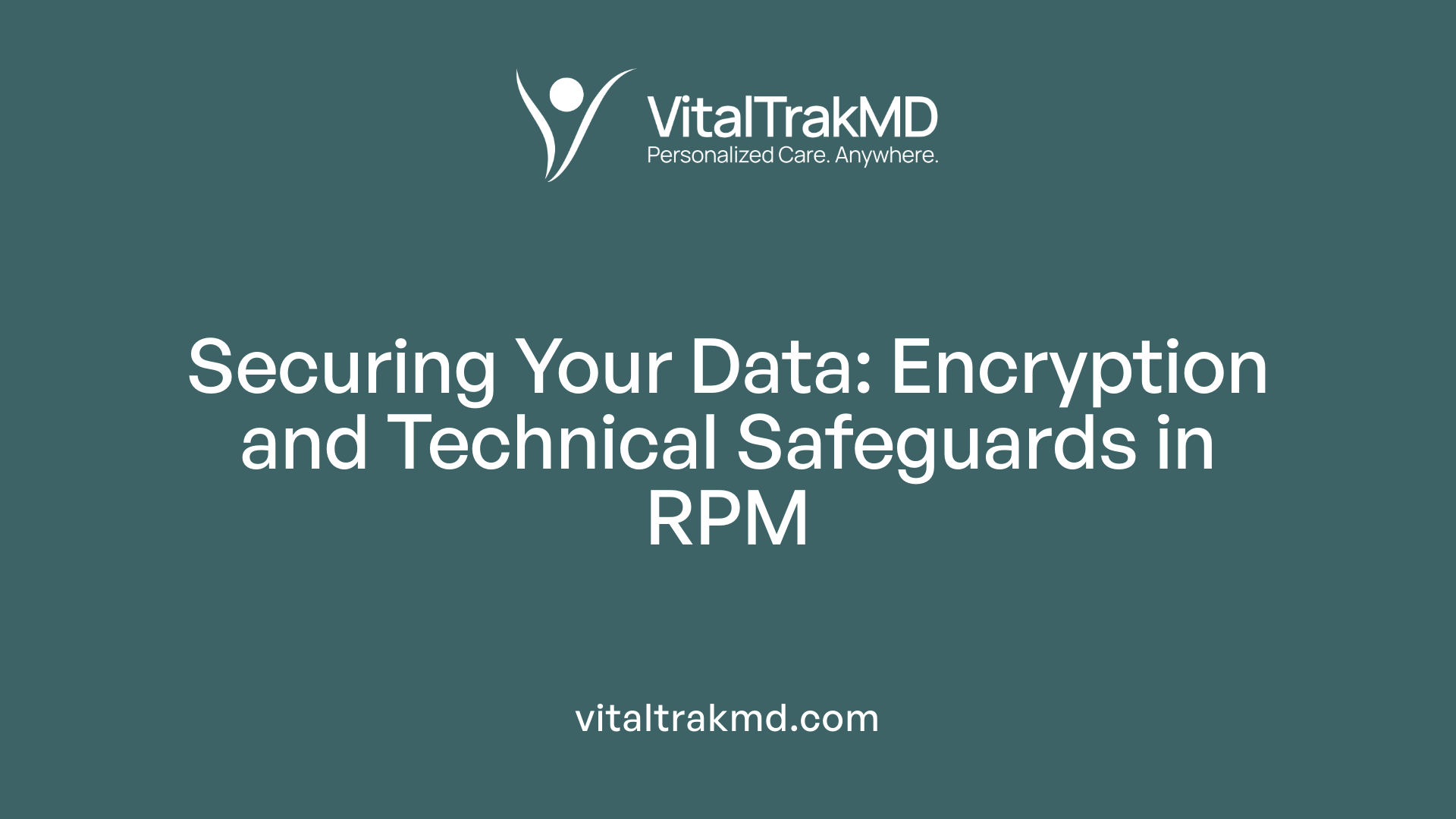
How can I ensure my data is protected?
Protecting personal health data in remote patient monitoring (RPM) systems involves multiple layers of security. Start by using strong, unique passwords for all accounts and enabling two-factor authentication (2FA), which adds an extra verification step. Encryption plays a vital role – sensitive data should be encrypted both during transmission and when stored, using standards such as AES-256, renowned for its security strength.
Implementing strict access controls is essential. Role-based permissions ensure only authorized personnel can access specific data. Regular security audits and vulnerability assessments identify and fix potential weaknesses proactively.
Utilize security tools like firewalls, antivirus software, and Data Loss Prevention (DLP) solutions to monitor data flow and prevent unauthorized transfers. Maintaining up-to-date backups and educating users on phishing and malware threats further enhances protection.
Compliance with legal regulations such as GDPR and HIPAA ensures that data handling meets established standards for privacy and security. Overall, a comprehensive security approach combining technical safeguards and informed user practices creates a robust environment for safeguarding health data.
What technical measures secure remote monitoring data?
Remote monitoring systems depend heavily on advanced encryption and secure transmission channels to keep data safe. Devices like TriageLogic’s RPM units come preconfigured with encryption, ensuring that all collected data is secure during storage and transmission.
One of the fundamental measures involves using 256-bit encryption, which makes data extremely difficult for hackers to decipher. Data transmission is secured using Virtual Private Networks (VPNs) that employ protocols like OpenVPN, creating encrypted tunnels that safeguard information traveling across networks.
Cryptographic signatures verify that data remains unchanged and authentic, which is vital for maintaining data integrity. Public Key Infrastructure (PKI) is used for generating, signing, and verifying digital certificates, establishing trust between devices and servers.
Furthermore, integrating multi-layered authentication—such as certificates, tokens, and biometric verification—restricts access to authorized users only. These protocols are supported by HIPAA-compliant cloud environments and ongoing software updates that patch vulnerabilities.
Combining these measures creates a formidable barrier against interception, tampering, and unauthorized access, ensuring that sensitive health information remains confidential and intact.
More information on encryption and secure data transmission in remote monitoring
To explore further, search with keywords like "Encryption and secure data transmission in remote monitoring." This will yield resources on standards, best practices, and recent advancements in safeguarding health data through encryption and secure communication protocols.
Compliance with Legal and Regulatory Standards
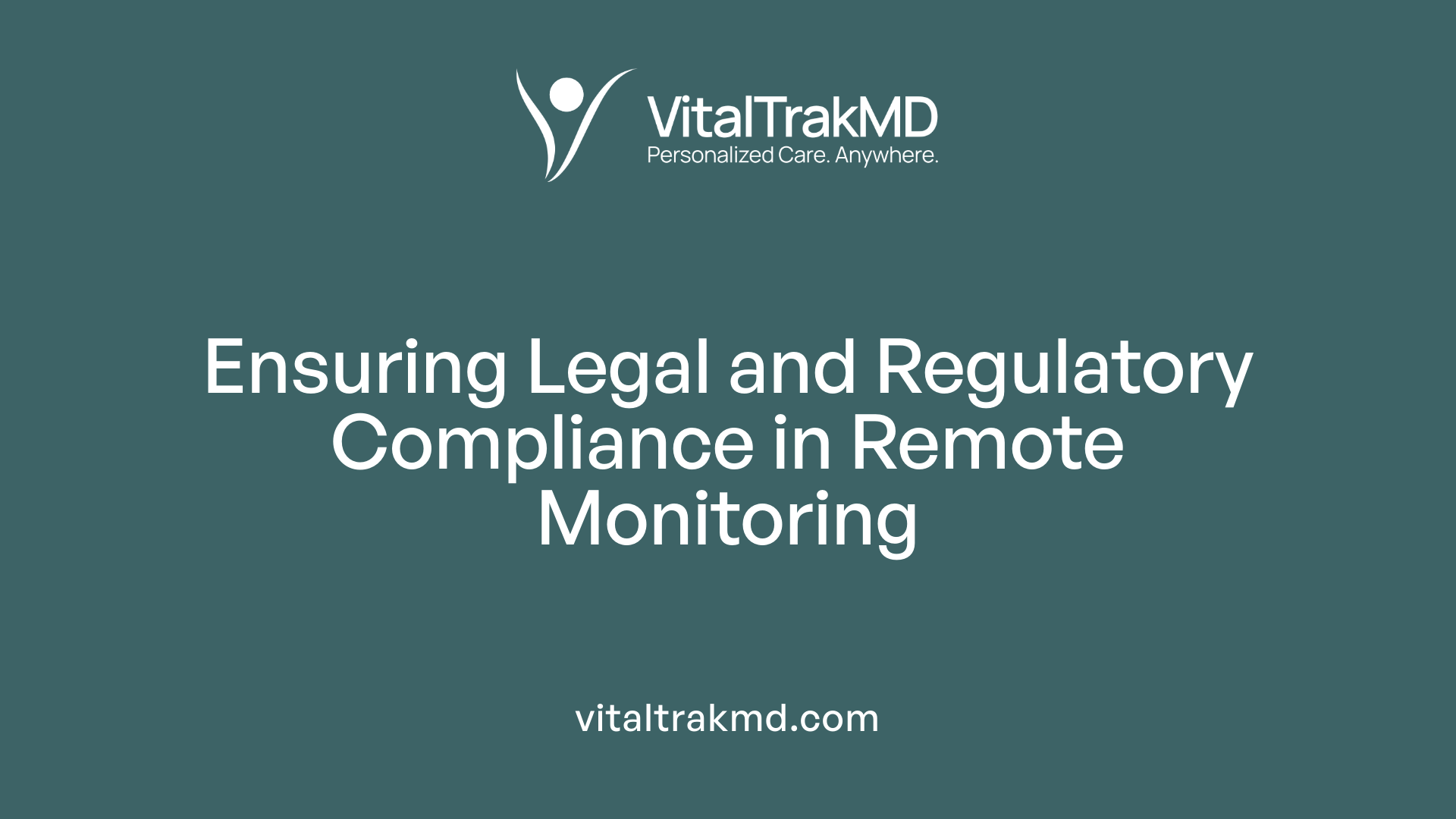
How are data privacy and compliance addressed in remote monitoring services?
In remote monitoring services, safeguarding patient data is a top priority and is achieved through strict adherence to numerous regulations. HIPAA (Health Insurance Portability and Accountability Act), established in 1996, sets the federal standard for protecting personal health information. This involves implementing secure methods for data transmission and storage using encryption protocols, access controls, and continuous security monitoring.
Providers must ensure that their devices and systems align with applicable standards, such as FDA regulations for medical devices. This includes employing role-based access controls and conducting regular security audits and vulnerability assessments. Staff training on privacy policies and cybersecurity best practices is also essential.
Beyond HIPAA, additional regulations like GDPR in Europe and CCPA in California emphasize user consent and transparency regarding data collection, usage, and sharing. Healthcare organizations should perform compliance gap analyses and maintain open communication with patients about how their data is handled.
Legal obligations extend further depending on the state or federal laws, such as the 42 CFR part 2, which imposes extra confidentiality requirements for sensitive health conditions. Overall, combining legal compliance with technical safeguards, staff education, and ongoing security vigilance forms a comprehensive approach to protecting patient data in remote systems.
What standards guide secure remote monitoring practices?
The development of secure remote monitoring practices is guided by several internationally recognized standards. ISO 27001 offers a comprehensive framework for establishing, maintaining, and continually improving information security management systems.
NIST Special Publication 800-53 outlines security and privacy controls for federal information systems, emphasizing risk management, control implementation, and continuous assessment.
IEC 62443 provides security guidelines for industrial automation and control systems, which are applicable to medical device infrastructure connecting with remote health monitoring networks.
Adherence to these standards involves implementing measures such as data encryption, secure authentication, access control mechanisms, and regular security audits. Following these guidelines helps health organizations systematically identify vulnerabilities, mitigate risks, and uphold legal and ethical responsibilities to protect sensitive health data.
By integrating compliance with HIPAA and other privacy laws alongside these security standards, organizations can ensure robust, safe, and trustworthy remote health monitoring systems.
Implementing Security Protocols and Best Practices
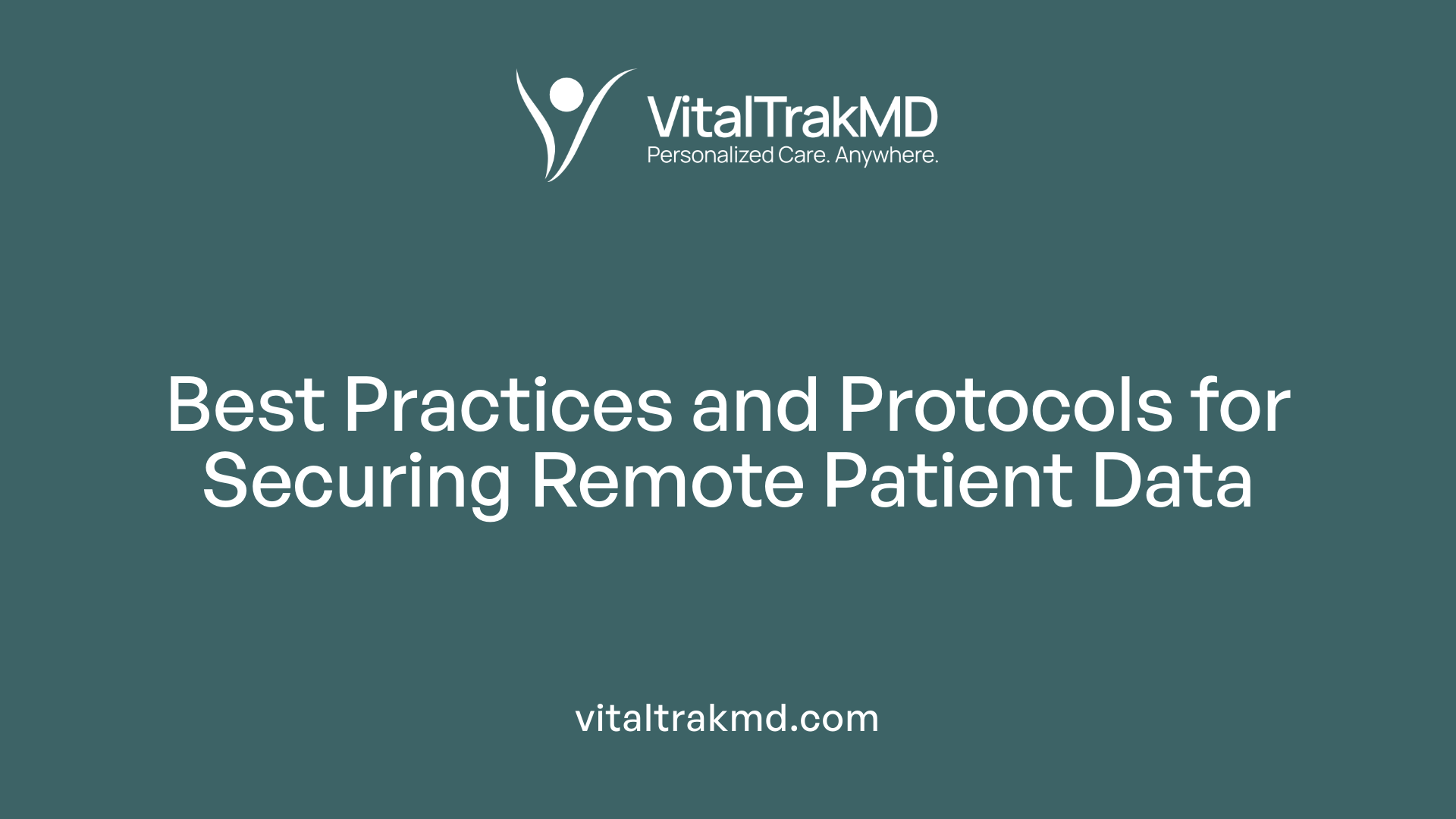
What are the security measures, protocols, and best practices used to protect data in remote monitoring systems?
Safeguarding data within remote patient monitoring (RPM) systems requires a multifaceted approach that encompasses technical, procedural, and organizational strategies. At the core, robust encryption methods such as 256-bit encryption ensure that data remains private both during transmission and storage. Devices like those from TriageLogic come preconfigured with encryption to prevent unauthorized access.
Secure data transmission is achieved through VPN channels using protocols like OpenVPN, which employ multi-level security features such as CA-signed certificates, digital signatures, and encryption with public-private key pairs. These measures help protect sensitive health information from interception or tampering.
Access controls are vital, with multi-factor authentication (MFA) and role-based permissions restricting system access to authorized personnel only. This prevents unauthorized users from exploiting vulnerabilities and helps ensure that only approved staff can view or modify data.
Regular security audits and vulnerability assessments form a crucial part of a resilient security framework. These audits identify potential weaknesses, verify compliance with healthcare regulations such as HIPAA, and enable proactive risk management.
Firmware updates and intrusion detection systems mitigate device vulnerabilities and enhance overall security. Continuous monitoring of network activity and device status detects suspicious activities promptly, allowing swift response to threats.
Compliance with standards like the NIST Cybersecurity Framework, ISO 27001, and IEC 62443 ensures the implementation of recognized cybersecurity best practices. These frameworks provide guidelines for securing the entire ecosystem, including hardware, software, and data.
User education is another cornerstone; training healthcare staff on cybersecurity best practices, recognizing phishing attempts, and understanding data privacy responsibilities reduces human-related vulnerabilities.
An effective incident response plan is essential to address security breaches efficiently. Such plans outline steps for containment, investigation, reporting, and recovery, minimizing damage and restoring system functionality promptly.
Lastly, integrating these practices within the organizational culture and maintaining continuous vigilance helps in adapting to the evolving cyber threat landscape, ensuring that patient data remains protected against unauthorized access, misuse, and breaches.
Data Integrity and Confidentiality in Remote Activities
How do you maintain data integrity and confidentiality while conducting remote monitoring activities?
Maintaining data integrity and confidentiality during remote monitoring involves implementing comprehensive security measures across all stages of data handling. Organizations should employ strong security protocols that include encryption of data both during transmission and storage. Using secure channels like Virtual Private Networks (VPNs) encrypted with protocols such as OpenVPN ensures that data sent between devices and servers remains private and unaltered.
Encryption plays a crucial role in protecting sensitive health and personal data. Data at rest should be stored in HIPAA-compliant cloud environments with strict access controls, regular security updates, and continuous monitoring. For data in transit, utilizing SSL/TLS encryption and VPN tunnels helps prevent interception or tampering.
Robust access controls are essential. Multi-factor authentication (MFA) adds an extra layer of security by requiring users to verify their identity using multiple methods, such as passwords, biometric verification, or one-time codes sent via email or SMS. Role-based permissions ensure only authorized personnel can access specific data, minimizing the risk of internal breaches.
Training staff and users is fundamental. Employees should be educated about cybersecurity best practices, including recognizing phishing attempts, using strong, unique passwords, and managing privacy settings properly. Regular training updates foster a security-aware culture that reduces human-related vulnerabilities.
Continuous security monitoring, including real-time alerts and periodic vulnerability assessments, help identify potential threats early. Conducting routine security audits ensures that organizational safeguards evolve with emerging threats. Compliance with standards like HIPAA and GDPR guarantees that legal obligations for protecting personal health data are met.
Furthermore, deploying Data Loss Prevention (DLP) tools helps prevent unauthorized data transfer or leakage, while physical security measures protect hardware and network components.
In summary, the combination of advanced technical safeguards, staff training, regulatory compliance, and continuous oversight forms a robust framework that preserves both the integrity and confidentiality of data during remote activity execution, safeguarding patient trust and legal compliance.
Privacy, Transparency, and Ethical Considerations
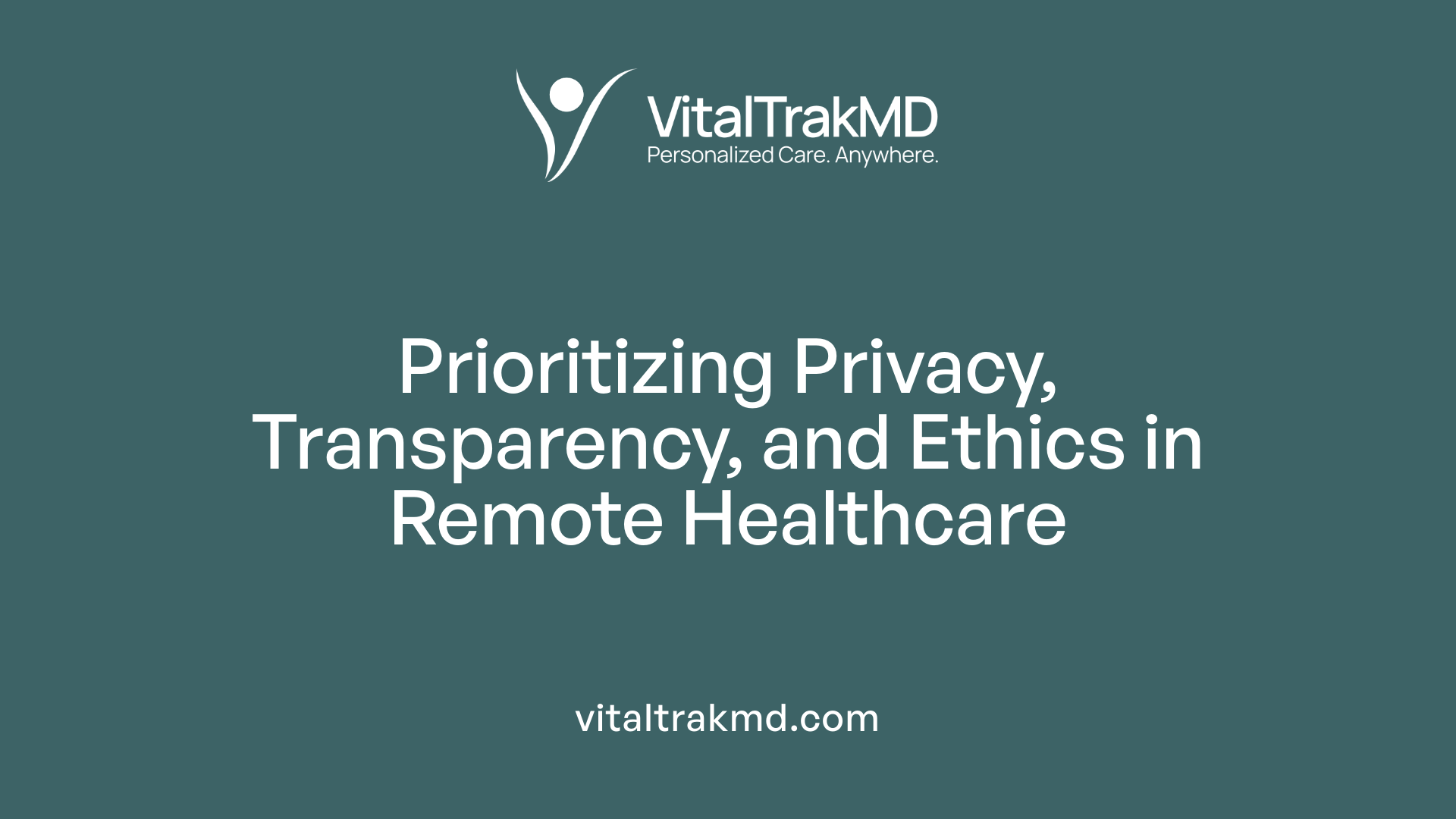
How are data privacy and compliance addressed in remote monitoring services?
Remote patient monitoring (RPM) services prioritize data privacy and regulatory compliance through multiple safeguards. They adhere to laws such as HIPAA, which imposes strict requirements for secure data transmission, storage, and handling. Encryption protocols, like 256-bit encryption, protect sensitive health information during transfer and at rest.
Organizations implement role-based access controls and conduct regular security audits to identify and mitigate vulnerabilities. Compliance involves detailed documentation, staff training on privacy policies, and transparency with patients about data collection and usage practices. They also follow additional laws like CCPA and GDPR, which emphasize user consent and data transparency.
To ensure compliance, organizations often perform gap analyses and update their policies regularly, maintaining accountability and fostering trust among users. Many providers, such as TriageLogic, store patient data in HIPAA-compliant cloud environments with strict access controls and real-time monitoring, further safeguarding patient confidentiality.
What ethical considerations are involved in remote health monitoring?
Ethical principles are fundamental in remote health monitoring. Transparency about data collection and the purpose of monitoring builds trust with patients. Healthcare providers must obtain informed consent, clearly explaining what data will be collected, how it will be used, and whether it will be shared with third parties.
Protecting patient privacy involves minimizing unnecessary data collection and ensuring responsible handling of information. Patients should have control over their data, including options to review, modify, or revoke consent. Confidentiality must be maintained, and organizations should avoid collecting sensitive information without explicit permission.
Regularly reviewing and updating privacy policies to align with technological advances and legal requirements ensures ongoing ethical compliance. These practices support accountability, respect for patient autonomy, and help maintain the integrity of remote health services.
Balancing security with usability
While robust security measures—such as encryption, multi-factor authentication, and secure VPN channels—are essential, they should not impede user access or convenience. User-friendly security protocols encourage compliance and trust.
For example, devices shipped preconfigured with encryption and secure access controls simplify user experience while maintaining high security standards. Educating patients and healthcare staff about cybersecurity best practices enhances overall safety without creating excessive barriers.
Striking a balance involves designing systems that are both secure and accessible, providing seamless, protected health management. Regular system assessments and user feedback further help optimize this balance, ensuring that security measures effectively protect data while remaining practical and unobtrusive for daily use.
Ensuring a Secure Healthcare Future
As remote monitoring becomes integral to healthcare, safeguarding patient data remains paramount. Employing multilayered security protocols—including encryption, access controls, compliance with standards like HIPAA, and continuous monitoring—protects data from breaches and misuse. Transparent privacy practices, ethical data handling, regular security audits, and staff training foster patient trust and legal compliance. Ultimately, the integration of robust technical safeguards and ethical policies empowers healthcare providers to deliver innovative, secure, and patient-centric remote care, shaping a safer healthcare future for everyone.
References
- Remote Patient Monitoring Security - A Guide to Guarding Privacy
- Addressing Data Security in Remote Patient Monitoring - TriageLogic
- Privacy Concerns in Remote Monitoring: What You Need to Know to ...
- Security in Remote Monitoring Systems for IIoT Applications
- Patient data security in remote monitoring - Open MedScience
- Is Your Remote Monitoring Data Safe? - DPS Telecom
- Data Safety and Monitoring for Research Involving Remote Health ...
- What is Remote Monitoring and Management (RMM) - CrowdStrike
- Securing Your Company's Data with Remote Workers | TIMIFY
Recent articles
Want to Feel Better and Live Healthier?
Join hundreds of patients taking control of their health with personalized care that fits their life – not the other way around.
Rated 4.8/5 by 32+ customers







